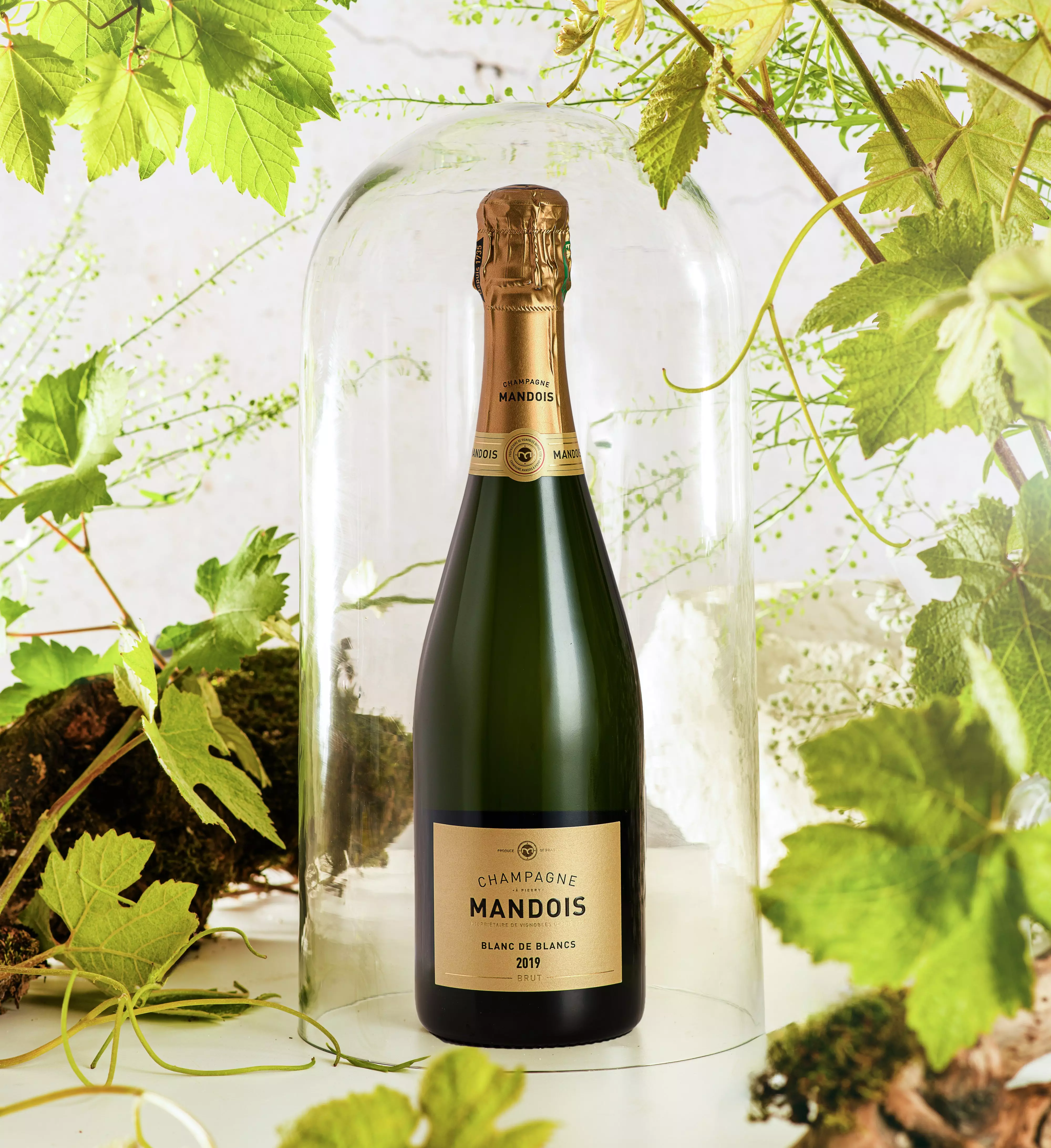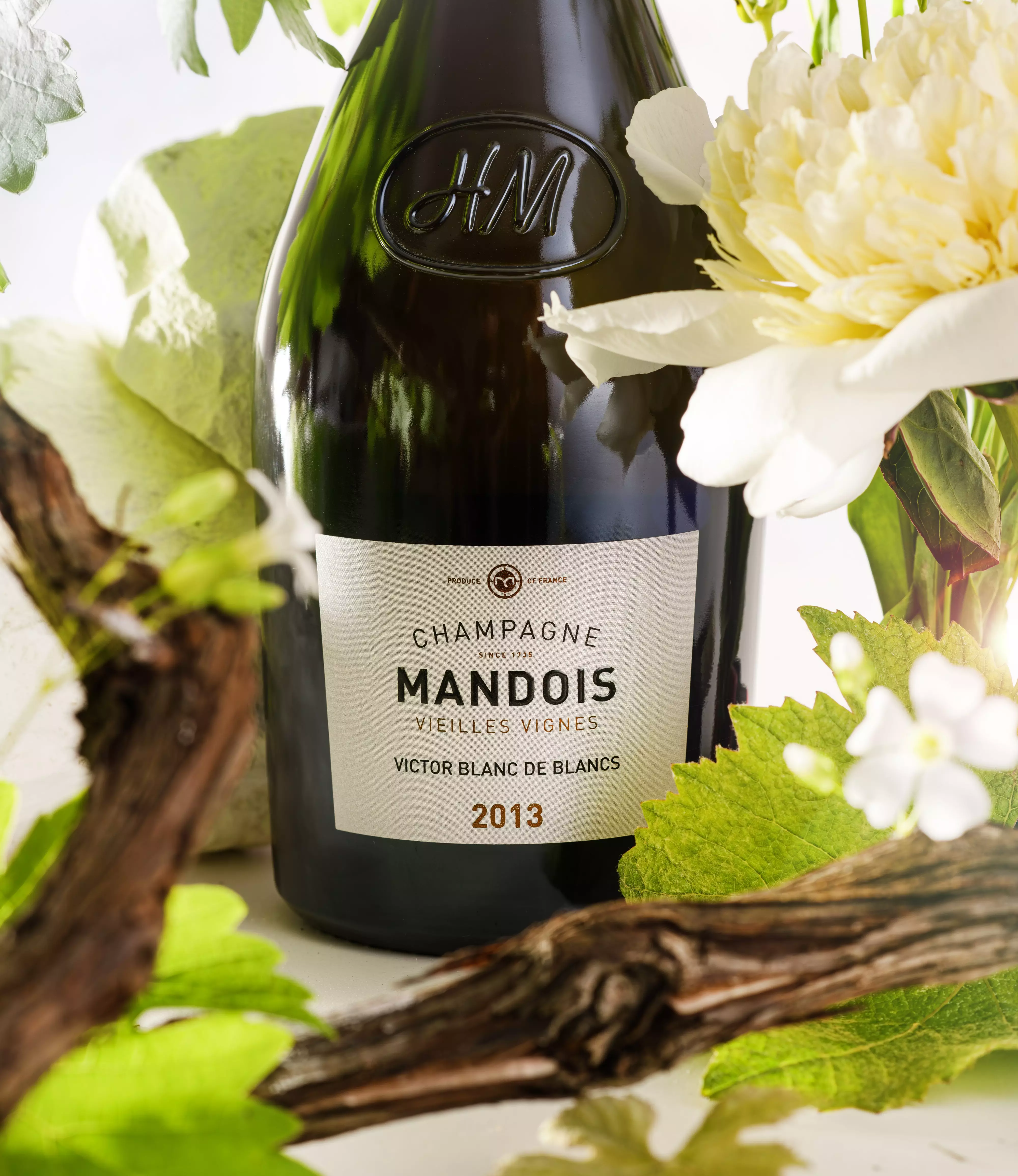Collection Origine

PRODUCTION
Blend : 40% Meunier, 30% Pinot Noir and 30% Chardonnay. The base year is 2021, to which we have added the 2018, 2019 and 2020 vintages.
Vinification : 90% of the wine is fermented in stainless steel and 10% in wood. Addition of 5% bled rosé and 5% red wine. The dosage is 8g/l of sugar.
Ageing : over two years of ageing on the lees.
TASTING NOTES
Appearance : salmon-pink hue with silvery tints.
Nose : the first nose presents notes of fresh red fruit such as raspberry, redcurrant and wild strawberry. With aeration, the wine reveals more subtle fruity notes of sour cherry and blood orange, as well as light spicy notes of white pepper and ginger, wrapped in notes of buttered brioche.
Palate : the wine is silky and well-defined on entry. Fruity aromas dominate the bouquet, with wild strawberry and candied orange peel highlighting some lovely tart, bitter notes. These enhance the length and persistence of the finish.
SERVING RECOMMENDATIONS
Food pairings : perfect as an aperitif, this champagne would also work well with Milanese sole with a creamy artichoke puree or a strawberry salad with basil chantilly.
Cellaring : best enjoyed young but has the quality to age well for a few years. Serve at 6-8°C.
BEHIND THE LABEL
The genesis : encouraged by his customers, Claude’s grandfather, Henri Mandois, was one of the early pioneers of this now classic style.
The vision : the Mandois style departs from the traditional pure saignée rosé by combining a saignée rosé with a rosé obtained by blending. The saignée component, extracted during the maceration, creates a fresh and delicate fruity character. Meanwhile, the red wine from the same maceration is used to adjust the final colour. The dosage enhances the fruit expression, while the influence of the oak and the long ageing create a harmonious balance between roundness and freshness.
The Cellar Master’s comments : of all the phases of the harvest, the vinification of red wine remains one of the most delicate. The ripening of the grapes is carefully monitored to ensure the best possible raw material. Once maceration begins, the juice is regularly tasted as flavours can evolve quickly. The duration of the maceration and the timing of the saignée are adjusted each year, making each vintage unique.



